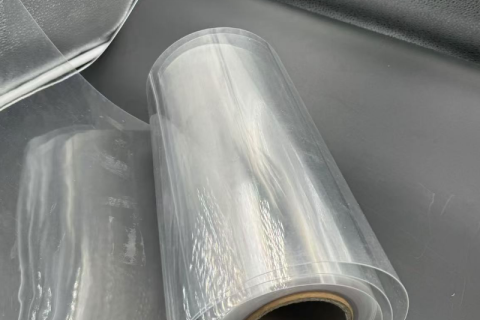
News
Material: PVC ROLL Thickness 0.45-0.018mm-customization Size: 80MM/130MM/Customization GRADE: pharma grade film color: white/ customization location: china Usage: Pharmaceutical, dried food
Material: bopp film Thickness 0.012mm/customization Size: 100mm/Customization GRADE: Food grade film color: transparent/ customization location: china usage: for food.book, flower .
Material: PCETsheet Thickness 0.18mm/customization Size: A4/Customization GRADE: Food grade film color:TRANSPARENT white/ customization location: china USAGE: for food tray,vegetable box, plant tray
Material: PVC ROLL Thickness 0.45-0.018mm-customization Size: 80MM/130MM/600/Customization GRADE: pharma grade film color: white/ customization location: china Usage: Pharmaceutical, dried food
Material: PC sheet Thickness 0.18mm/customization Size: 100mm/Customization GRADE: Food grade film color: white/ customization location: china usage:for food tray plant tray
Material: Pet ROLL Thickness 0.45-0.018mm-customization Size: 600MM/130MM/Customization GRADE: food grade film color: clear /white/ customization location: china Usage: food tray ,food plate ,food box, food container
Material: PP ROLL Thickness 0.025mm-customization Size: 80MM/130MM/Customization GRADE: FOOD grade film color:translucent/ white/ customization location: china Usage: food ,heatalbe box Pharmaceutical, dried food
Material: PP ROLL Thickness 0.45-0.018mm-customization Size: 80MM/130MM/Customization GRADE: Food grade film color: transparent/opaqu/white/ customization location: china Usage: for food micronwave container, meat plate
Material: PET ROLL Thickness 0.45-0.012mm-customization Size: 80MM/130MM/Customization GRADE: FOOD grade film color: white/ customization location: china Usage: Pharmaceutical, food, Fruit, vegetable










